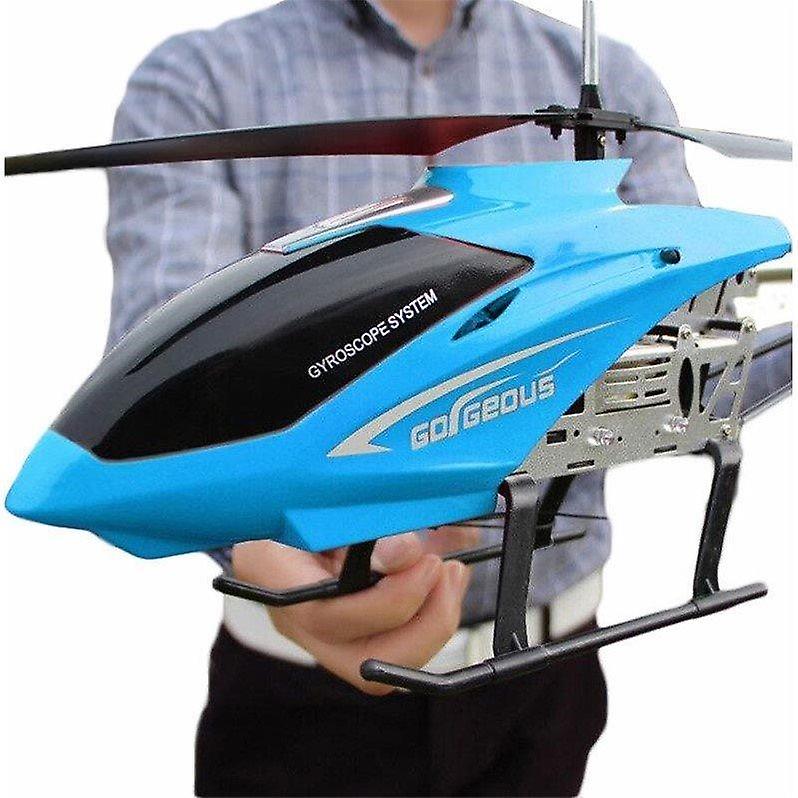Introduction: The Appeal of RC Helicopters
Remote-controlled (RC) helicopters have captured the imagination of enthusiasts of all ages. They combine technology, skill, and sheer fun, making them a popular hobby worldwide. From simple models for beginners to advanced drones for experienced pilots, RC helicopters offer a broad range of options. This article will explore the basics of RC helicopter, types available, how to get started, maintenance tips, and safe flying practices.
Types of RC Helicopters
Electric vs. Nitro
RC helicopters generally fall into two main categories: electric and nitro-powered. Electric helicopters are quieter, easier to operate, and are often recommended for beginners. They rely on batteries, making them convenient for short flying sessions. Battery life typically ranges from 5 to 15 minutes of flight time, depending on the model.
On the other hand, nitro-powered helicopters use a special fuel mixture. They tend to offer longer flight times and higher performance. These models require more maintenance and are best suited for experienced pilots. Understanding the differences helps you choose the right helicopter for your skill level.
Size Matters
When selecting an RC helicopter, size is another essential factor. They come in various sizes, ranging from micro and mini helicopters to larger models. Micro helicopters are easy to control and ideal for indoor flying, while larger models are better for outdoor use.
The size of the helicopter impacts flight stability and control. Smaller models may be more agile but can be affected by wind. Meanwhile, larger helicopters provide better stability but can be more difficult to transport. Choose a size that fits your intended flying environment.

How to Get Started
Choosing Your First Helicopter
If you’re new to RC helicopters, selecting an appropriate model is crucial. Look for beginner-friendly options that offer stability and easy controls. Many manufacturers offer Ready-to-Fly (RTF) kits that include everything you need to get started. These packages typically come with the helicopter, a remote control, and a battery.
Before making a purchase, research different brands and read reviews. Joining online forums can also help you gain valuable insights into what models other beginners recommend. Starting with a user-friendly helicopter will enhance your flying experience and reduce frustration as you learn.
Learning the Controls
Familiarizing yourself with the controls of your RC helicopter is essential for safe flying. Most remote controls have joysticks for navigation, throttle, and trim adjustments. Take time to practice using these controls on the ground before attempting your first flight.
Adjusting the trim allows you to fine-tune the helicopter’s stability. Focus on mastering basic movements such as take-off, hovering, and landing. Starting in a spacious area free from obstacles will contribute to a more enjoyable flying experience.
Safety First
Pre-Flight Checks
Before flying your RC helicopter, performing pre-flight checks is crucial for safety. Inspect your helicopter for any damages, such as loose parts or faulty wiring. Ensure that the battery is fully charged and that the remote control is working correctly.
Choosing an appropriate flying location is also essential. Open spaces away from people and objects minimize the risk of accidents. Conducting thorough checks and selecting a suitable environment ensures a smooth and enjoyable flying session.
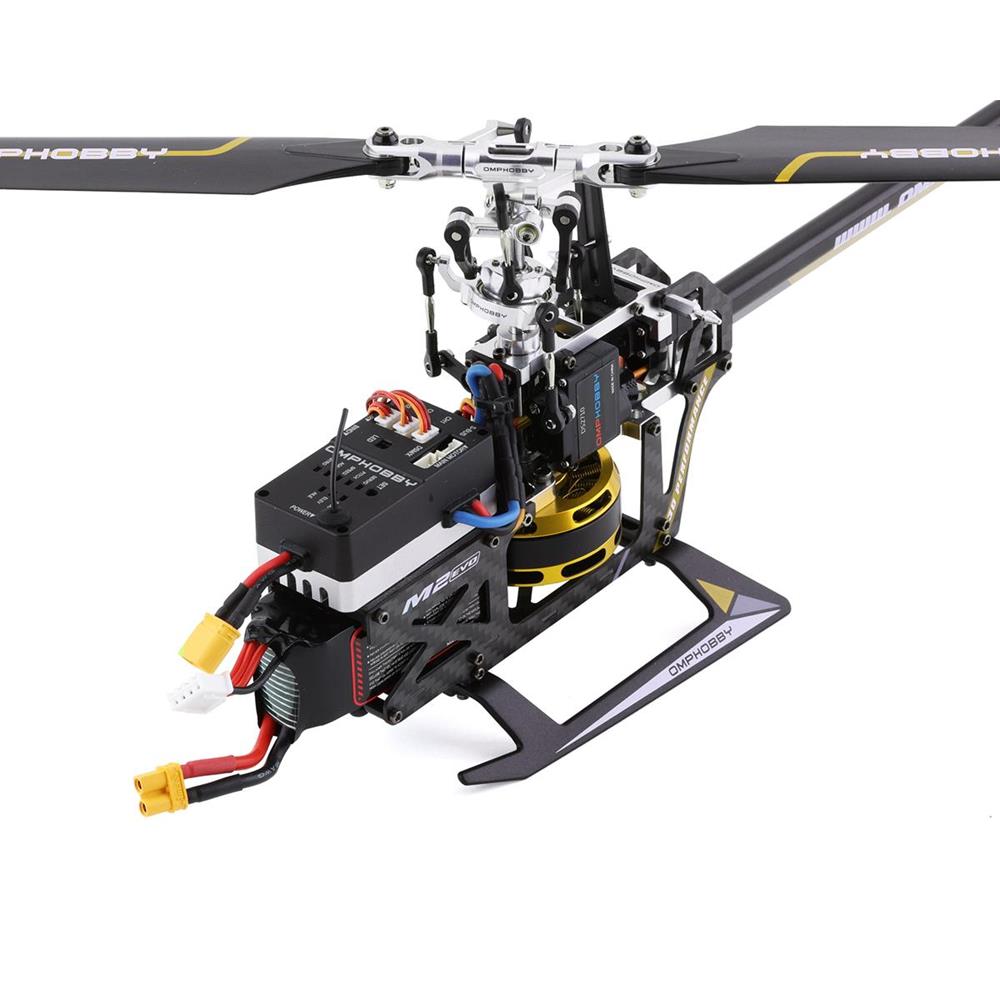
Understanding Local Regulations
Understanding local regulations regarding RC helicopters is key to safe flying. Laws may vary by location, including flying height restrictions and no-fly zones. In some areas, you might be required to register your drone.
Educating yourself on these rules helps you avoid potential fines or accidents. Many governing bodies provide clear guidelines on safe flying practices, so ensure you stay informed. This knowledge will enhance your flying experience and ensure you can enjoy your hobby legally.
Maintenance Tips
Regular Cleaning
Maintaining your RC helicopter is vital for longevity and performance. Regular cleaning helps remove dirt and debris that may affect its function. Use a soft brush or a microfiber cloth to gently clean the helicopter after flying. Pay special attention to the rotor blades, as dirt can impact their effectiveness.
Additionally, inspect the helicopter for wear and tear. Regular maintenance reduces the chance of crashes and extends the life of your model. Keeping your helicopter clean and in good condition is essential for enjoyable flying sessions.
Battery Care
Taking care of your batteries is crucial for optimal performance. For electric helicopters, always ensure that your batteries are fully charged before flying. Avoid over-discharging the batteries, as this can shorten their lifespan.
For nitro-powered helicopters, make sure to use the appropriate fuel mixture and store it correctly. Regularly check the fuel lines and ensure everything is clean and functional. Proper battery care is essential for maintaining reliable flight performance.
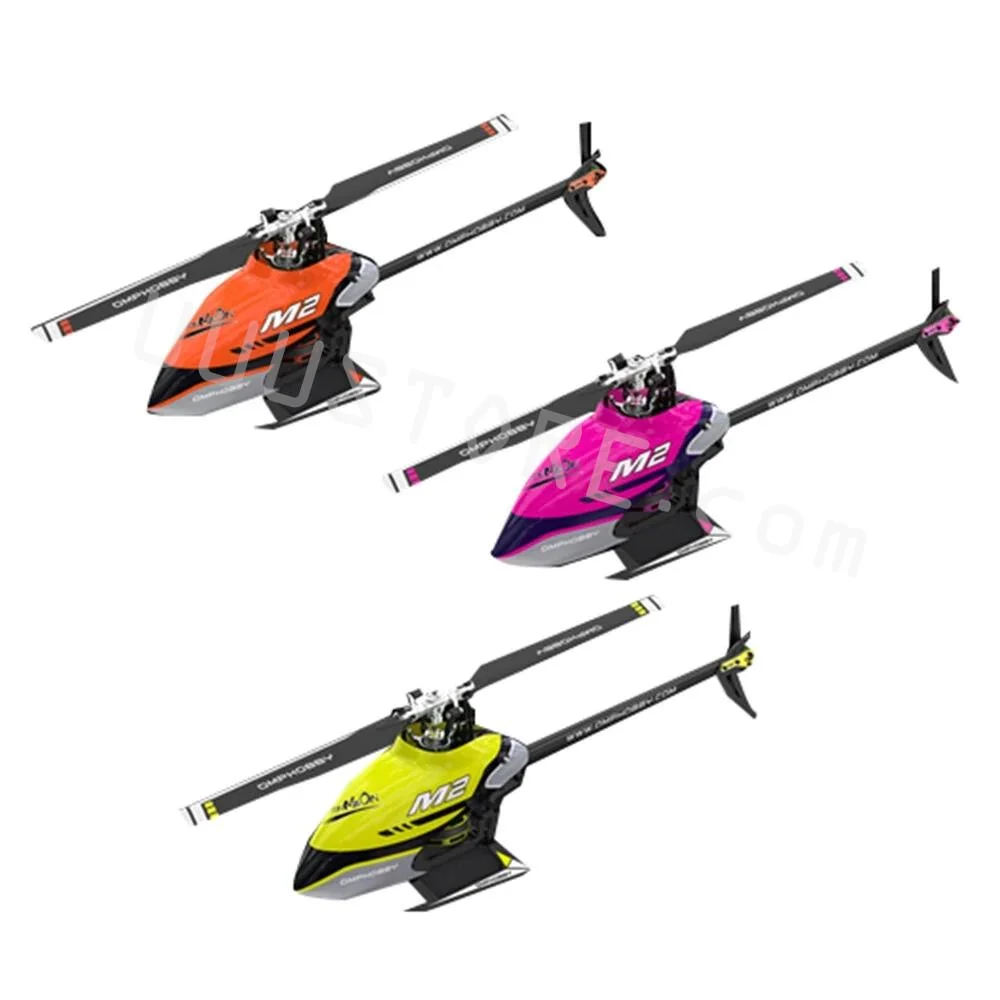
Advanced Flying Techniques
Mastering Stunts
Once you have mastered the basics, you may want to explore advanced flying techniques. Beginners may start with simple stunts, such as loops and rolls. Practicing these moves can be a thrilling way to enhance your skills.
Intermediate maneuvers may include inverted flight and tail slides. Always practice these stunts in open areas and with plenty of space for safety. As your skills improve, you’ll gain more confidence in executing complex maneuvers.
Joining a Community
Joining an RC helicopter community can significantly benefit your flying experience. Local clubs often organize events and competitions that allow you to meet fellow enthusiasts. Participating in these gatherings provides opportunities to learn advanced techniques from more experienced pilots.
Additionally, online forums are great resources for sharing tips, troubleshooting issues, and discussing new models. Being part of a community adds to the enjoyment of the hobby and creates lasting friendships with like-minded individuals.
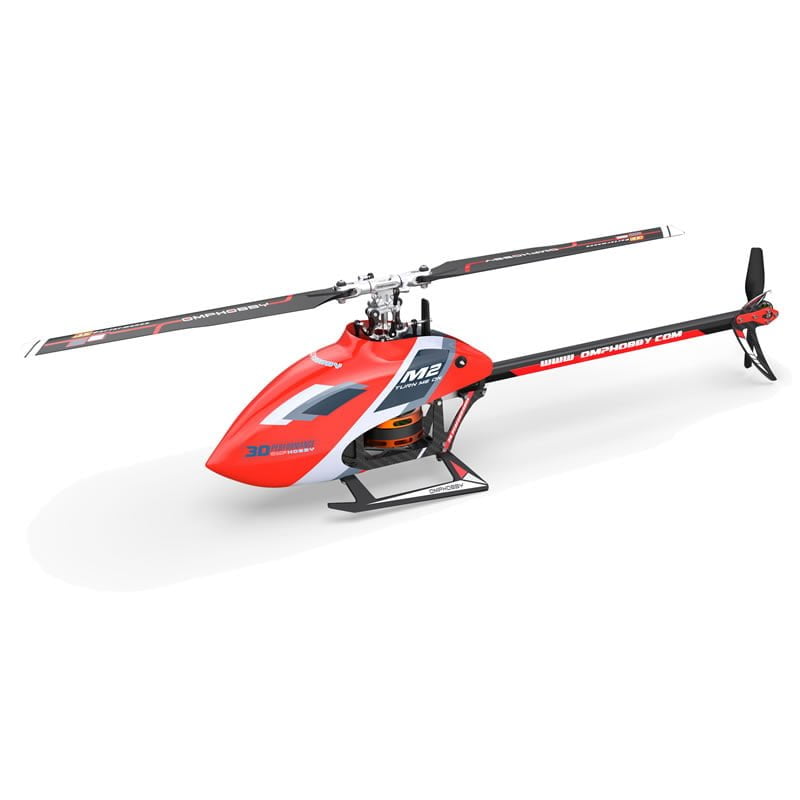
Exploring Different Types of RC Helicopters
Scale Models
One fascinating category of RC helicopters is scale models. These replicas are designed to mimic real helicopters, often intricately detailed to match their full-sized counterparts. Scale models can capture the aesthetics and intricacies of actual helicopters, making them appealing to collectors and aviation enthusiasts alike.
Flying a scale model offers a unique experience, as it combines the joy of piloting with the appreciation of aerodynamics and design. However, these models may be more challenging to fly and may require greater skill. Understanding how to care for and operate scale models can enhance your overall enjoyment.
Collective Pitch vs. Fixed Pitch
RC helicopters can also be divided based on their flight mechanics: collective pitch and fixed pitch. Collective pitch helicopters allow you to change the angle of the blades during flight, which helps in performing complex maneuvers. This feature makes them ideal for advanced pilots looking to execute stunts and aerobatics.
On the other hand, fixed pitch helicopters have blades that remain at a consistent angle. This design simplifies operation, making them more suitable for beginners. Weighing the pros and cons of each type can help ensure a better fit for your skill level and flying ambitions.
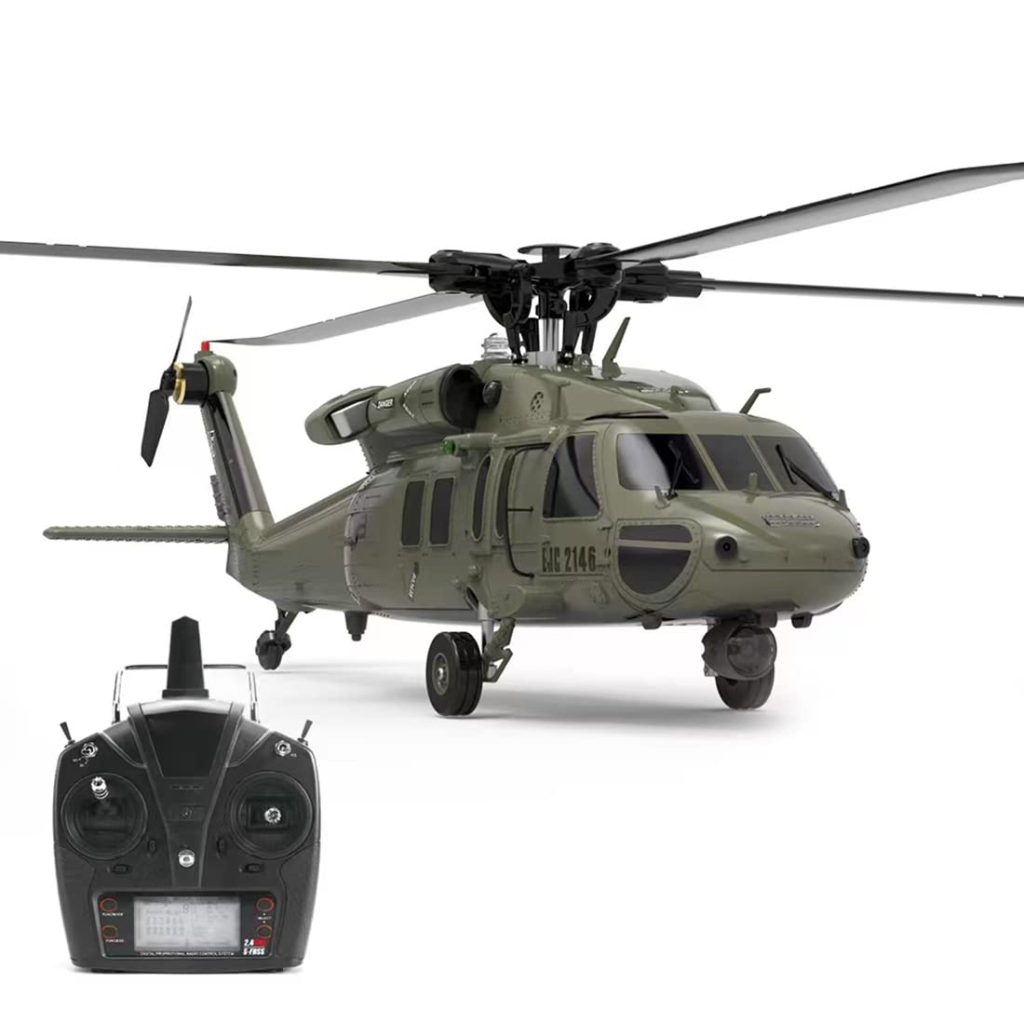
The Future of RC Helicopters
Advancements in Technology
The future of RC helicopters looks bright, with technology playing a significant role in advancements. Features like GPS stabilization, enhanced battery life, and drone-like capabilities are becoming more common. These advancements make flying easier and provide functionality that enhances the flying experience.
Moreover, many modern helicopters now come equipped with cameras, allowing enthusiasts to capture aerial footage during flights. This technology opens up new possibilities for exploration and creativity. Embracing these innovations can elevate your RC flying experience to new heights.
Eco-Friendly Options
As environmental awareness grows, more manufacturers are focusing on eco-friendly options for RC helicopters. Innovations in battery technology, such as lithium-polymer (LiPo) and environmentally sustainable materials, are paving the way for greener flying experiences.
Choosing eco-friendly models can allow enthusiasts to enjoy their hobby responsibly. These options not only provide better performance but also contribute to reducing the overall environmental impact. The industry’s trend towards sustainability benefits both pilots and the planet.
Competing and Learning
Entering Competitions
For those seeking to take their passion for RC helicopters to the next level, entering competitions can be a thrilling opportunity. Many clubs and organizations host events that test flying skills, precision, and creativity. Competing not only challenges you but also allows you to meet fellow enthusiasts.
Competitions often vary, from speed and agility tests to freestyle performances. Participating provides an avenue for improvement and pushes you to refine your skills. Moreover, the sense of camaraderie and friendly competition creates memorable experiences.
Conclusion: Embrace the Thrill of Flight
In conclusion, RC helicopters offer an exciting and engaging hobby for people of all ages. Whether you’re just starting or looking to enhance your skills, there is always something new to learn. Understanding the types of helicopters, getting started, ensuring safety, and practicing maintenance will enrich your flying experience.
As you master the basics and move on to advanced techniques, remember to enjoy the thrill of flying. This hobby has the potential to bring joy, challenge, and a sense of community. So, grab your remote control, take to the skies, and embrace the exhilarating world of RC helicopters!
